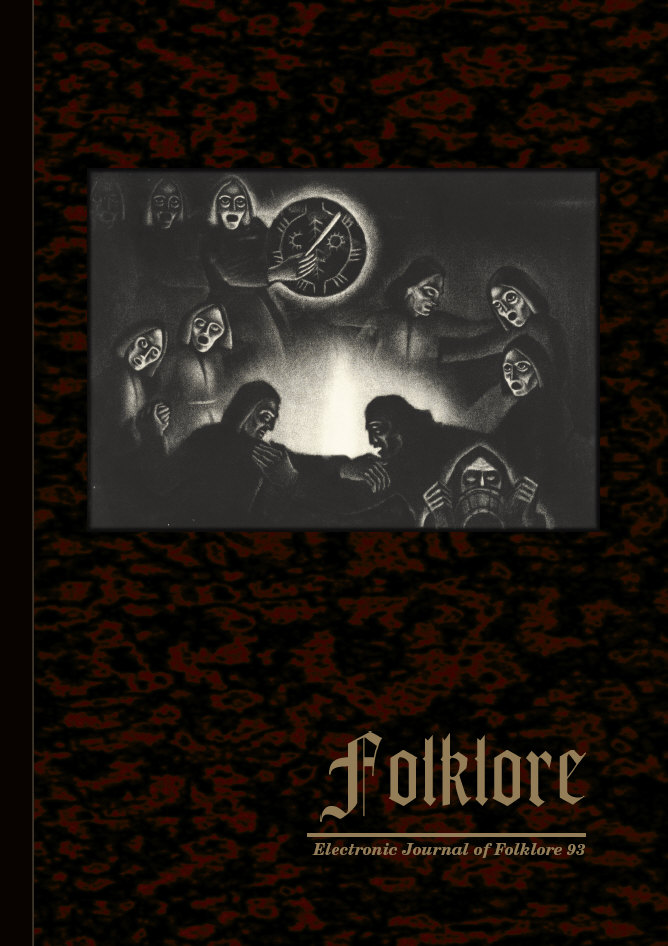Ethno-Graphics: Folklore and Baltic Printmaking in the Period of Late Socialism
Ethno-Graphics: Folklore and Baltic Printmaking in the Period of Late Socialism
Author(s): Toms ĶencisSubject(s): Customs / Folklore, Cultural Anthropology / Ethnology, Culture and social structure , Post-War period (1950 - 1989)
Published by: Eesti Kirjandusmuuseum
Keywords: Baltic art; Birute Žilytė; Dzidra Ezergaile; ecology; folklorism; Kaljo Põllu; landscape; late socialism; mythology; printmaking;
Summary/Abstract: Visual representations of folklore and mythology played an ambivalent role in Baltic art and society during late socialism. On the one hand, it was often a safe choice promoted by Soviet national cultural policy; on the other, artwork tapping into national and ethnic identities carried a subversive, anti-Soviet potential. Exploring folkloric themes, Baltic artists of the 1970s developed different strategies to navigate the cultural field between Soviet censorship, folklore revival, modern forms of expression, and resistance to sovietisation in their home countries. The renowned Estonian printmaker Kaljo Põllu (1934–2010) created a powerful fusion of ethnographic research and creative practice to re-imagine Finno-Ugric mythology and build an alternative foundation for Estonian identity. Latvian printmaker Dzidra Ezergaile (1926–2013) laid the groundwork for an ethno- and eco-critical approach towards Soviet modernisation through a novel visual exploration of Latvian folklore motifs. Finally, Lithuanian illustrator and monumental painter Birute Žilytė (b. 1930) revolutionised Lithuanian childhood imagery, providing Lithuanian folklore and myths with bright and brave contemporary forms. A postcolonial reading of Baltic printmaking during late socialism generates an interpretive grid for understanding the role of folklore and folklorism within broader cultural trends and political dispositions. A combination of folklore studies and art history might efficiently contribute also to gender studies and environmental humanities.
Journal: Folklore: Electronic Journal of Folklore
- Issue Year: 2024
- Issue No: 93
- Page Range: 213-244
- Page Count: 32
- Language: English

